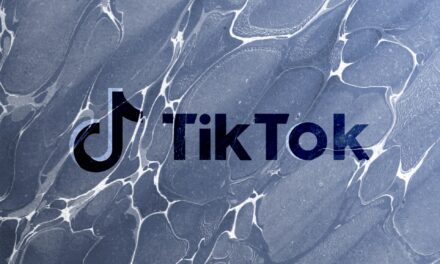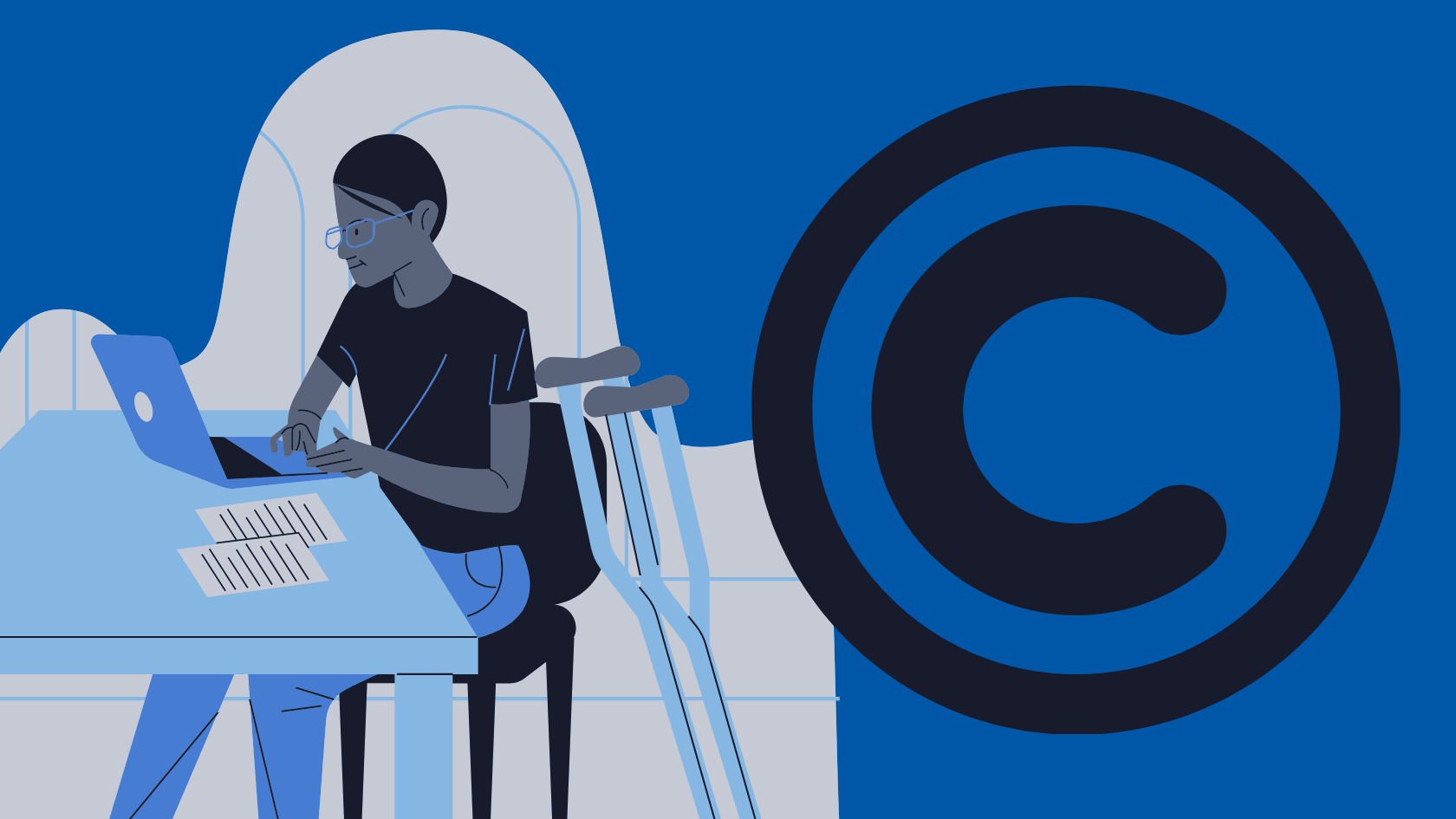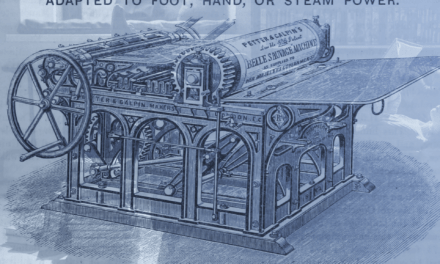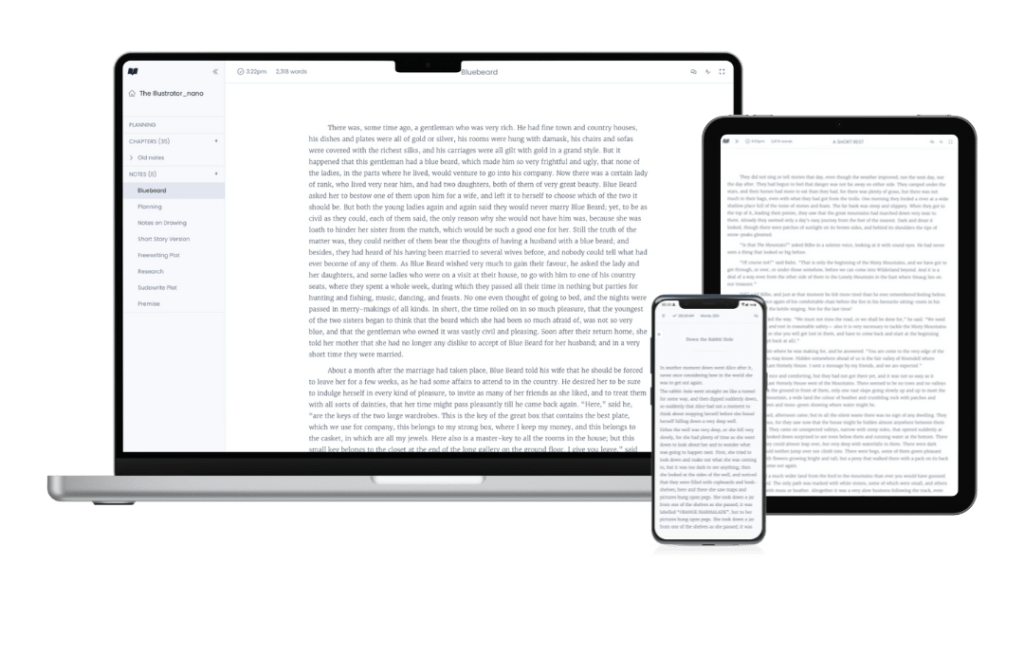
A Deep Dive Into the Three Main Routes to Publishing

While there are many paths you can take to get your book out into the world, there are three main routes to publishing. Traditional publishing is the most elusive, self-publishing is becoming one of the most common, and vanity presses offer the ability to get your book in print. We’ll go through the pros and cons to help you find which option is right for you.
Traditional Publishing
Traditional publishing is the holy grail for writers on the path to publication. With a history almost as old as the printed word, it brings a degree of prestige.
Many writers see trad publishing as an acknowledgement of their talent. It is, after all, external validation of the merit of your work. This may not always be an accurate view, but it’s so entrenched that it’s almost impossible to shake. But, apart from the psychological aspect of finding a traditional publisher, there are several benefits to signing with a publishing house.
For many writers, the most important consideration is that it’s the publisher who will carry most of the financial burden of putting out a book. If sales aren’t as high as expected, the author carries none of that risk. Even if you’ve been paid an advance, the publisher is the one who takes all the chances making it a safe financial position for a writer to be in.
To negate the risk of signing authors, publishers put a vast amount of time, money, and resources behind their writers to maximise potential sales. All the associated costs of publishing a book, like editing, design work, printing, and distribution, are all taken care of. Authors are also assigned publicists who organise reviews, publicity events, and a lot of the other marketing that comes with building an audience (although authors are expected to do some marketing to ensure they cultivate an audience and give their work as much visibility as possible). This leaves authors with the time to do more of what they love — writing.
However, one of the biggest benefits of traditional publishing is being able to leverage a publisher’s vast distribution network. Getting a bookstore to stock a physical copy of your book can be tough, especially if you haven’t cultivated a relationship with them in advance. Having a copy of your work in a shop can exponentially increase your exposure. Browsers will be more likely to pick it up on a whim.

On the flip side, finding a traditional publisher is not only time-consuming, but it can be a massive blow to your confidence. First-time authors especially face the probability of multiple rejections before they might find even an agent, let alone a publisher. There will also be a considerable gap in time between when you are first signed with a publisher and when it might start paying dividends. The task of printing, publishing, distributing, and marketing your work takes time.
Once you’ve come through the inevitable rejections and a publisher picks you up, one of the most daunting things that any author will face is the minefield of contract negotiation. Publishing contracts are often complicated and implicitly include terms that favour the publisher. Because of this, it’s important to have a good agent, but if you don’t, then good legal representation is an absolute must. This can be expensive for the author but is absolutely essential when trying to negotiate. You want to retain as many rights to your work as possible.
Rights retention is a huge consideration when deciding to seek traditional representation. No amount of contract negotiation will ever give you complete control over your book. You’ll need to be willing to give over a lot of creative control to your publisher, ranging anywhere from cover design and editorial decisions, right down to the title.
Additionally, royalty rates are much lower for traditionally published authors than for self-published writers. Many authors may be willing to forego the higher rates knowing that they will likely sell more units through a traditional publisher, but if you’ve already spent the time cultivating a following and have a captive audience ready to go, then the revenue share of self-publishing will certainly hold some appeal.
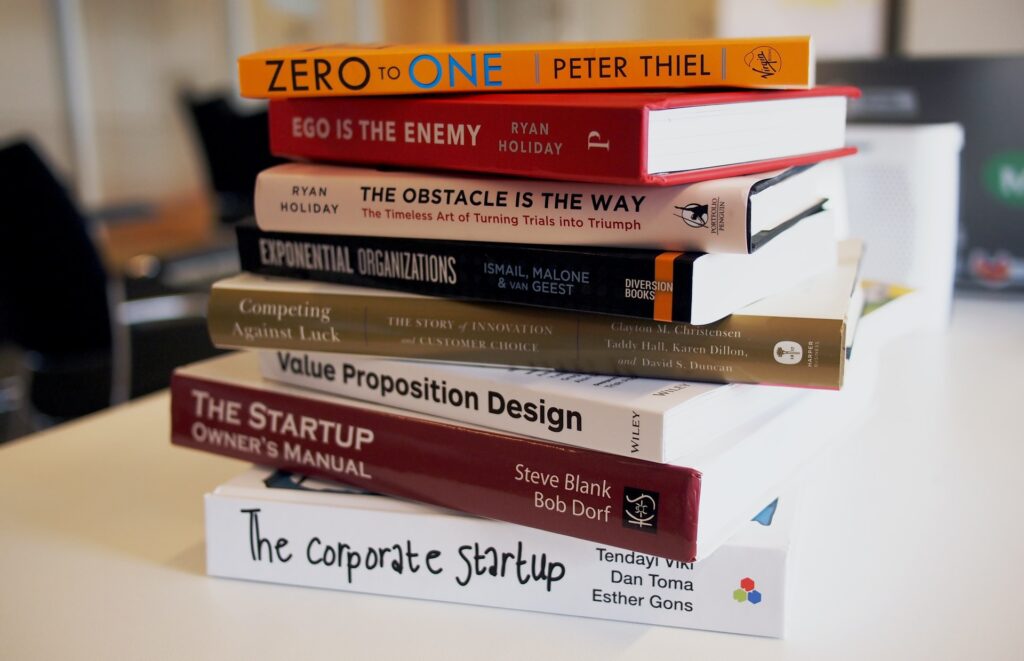
Self-Publishing
Self-publishing is becoming more and more common, especially with the prevalence of ebooks, which negates the need to cover potentially expensive printing costs. It allows authors complete creative control of their work, and with online bookstores like Amazon’s Kindle Store, it makes it even easier to reach potential readers. Traditional publishers are no longer the gatekeepers of the written word. The democratisation of publishing has led to a varied and rich publishing landscape that more and more writers are taking advantage of.
While most self-publishing services take sales commissions, they don’t charge any upfront fees. This removes a lot of the financial risk of putting your work out there. If you make a sale, the publishing platform will take a commission from that amount, leaving you with profits from the very first unit sold. Different platforms will have different revenue shares, however, so it’s worth doing some research in advance to make sure you’re getting the best deal possible.
First-time authors, or those writing in a niche field, are often considered risky investments by publishers who are less likely to sign them as a consequence. Because of this, your work may spend years and years languishing in the rejection pile before traditional publishers will even consider it. While the time between writing and finally publishing is a concern for almost every writer, this can be of particular concern to non-fiction writers whose work may have the most impact if released in a certain window (a historian wanting to release a book about a specific event in time for an anniversary, for example). On the other hand, self-publishing is only limited to how much time you’re willing to spend doing it.
Another benefit to self-publishing is tracking your reader’s responses to your work and making changes on the fly. Unlike traditional publishing, your books will have a longer shelf life, and therefore you can make design changes, corrections, and other minor edits after your book is published. Books in shops have a relatively short shelf life before they’re replaced by something new. To make changes to a physically published book requires a new edition and a repeat of the expensive publishing process. Self-published books, however, remain available in online bookstores as long as they’re kept on the platform, and it’s easy to refresh the look and feel of it to reach a new audience every year or so.

The biggest drawback to self-publishing, however, is that the full financial and marketing responsibility falls to you and you alone. Where traditional publishers will shoulder a lot of the financial burden of editing, design, and marketing, a self-published author will have to take care of it themselves, which can cost not only a great deal of money but a lot of time as well.
To self-publish successfully, an author will need to invest in polishing their manuscript to a professional standard and put some time and money into marketing and advertising. Editing and book design will be among the highest costs you will incur. Many self-published authors try to avoid paying out for professional editing and cover design services and suffer poor sales as a result. Readers expect a certain level of quality from published works, so to maximise your potential readership, you’ll want to give your manuscript the best start possible. Unfortunately, that comes with certain costs attached.
Marketing and advertising can cost as much or as little as you like, but the one thing that can’t be avoided is the time it will take. You may choose to have an author website and a mailing list which may both come with costs attached, but the easiest way to get the word out about your book is to use social media, solicit reviews, and contribute articles and blog posts regularly to relevant publications or on a blogging platform of your choice. People need to know you’re out there for your book to sell. You need to give them a reason to seek out your work, and that, unfortunately, will take time.
Self-publishing definitely encourages ebooks above physical publication. This isn’t necessarily a bad thing, but it does have the drawback of making it very hard to get your work stocked in bookshops. It’s not impossible, especially if you take the time to build a relationship with your local booksellers, but it involves a lot more risk for them.
Traditional publishers make deals with bookstores to return excess stock, providing it hasn’t been signed. This isn’t possible with self-published works, as any physical copies of the book available will be printed on demand. Any copies of your book that they order must be able to sell, so unless you can prove a track record of book sales and prove that you’re a good investment, it’s unlikely a brick-and-mortar store will be willing to carry your work.
One of the biggest drawbacks of self-publishing for anyone who loves writing will be the time it takes you away from actually doing any writing. Especially for your first novel, you can expect to spend a lot of time researching platforms, vetting potential professionals for editing and design services, marketing your work, and monitoring your book’s sales that you’ll find you have very little time for anything else. While these draws on your time will reduce the more times you self-publish, it’s definitely something to be aware of before choosing this route.

Vanity Presses
On the surface, vanity publishing carries many benefits that a traditional publisher does. They will often print, produce, and market your book for you, taking all the stress and time concerns out of self-publishing. If you have the money, this can be an attractive avenue, but it does come with a rather hefty financial outlay before you’re likely to see any return on your investment.
Unlike self-publishing, vanity presses take a lot of the stress and complication out of the process for you. The aim is to get the results of the traditional publishing experience without any of the hard work of self-publishing. Many companies out there offer vanity publishing packages for print or digital versions of your book. It’s worth taking the time to shop around to see which company best suits your needs and your potential market.
Like a traditional publisher, vanity presses will assign you a consultant who will work with you to outline your goals. Based on your needs, you will need to sign a contract to ensure both parties cover their financial obligations. Unlike traditional publishers, however, you can’t negotiate these contracts, so be sure to pay careful attention to the revenue split, how you will collect any potential royalties, and what the press promises to achieve for you from their end.
A huge benefit to a vanity press is that it cuts down on any technical labour that is part of producing a book and can often result in a good quality hard-back if you choose a press that specialises in print books. The books produced are always printed on demand, so you can order new copies at any time and keep them in stock whenever you’d like. This is especially useful if you plan to use book fairs, markets, or speaking engagements to build an audience. This is a huge boon to those who write on niche topics that traditional publishers might not be willing to take a chance on. If you have an audience, you can get your book to them easily without going through the traditional channels.
Another benefit is that after your initial financial outlay, you’ll get to keep a much bigger cut of the profits than you would with a traditional publisher. After all, you’re the one taking the financial risk, so it makes sense that you would reap the rewards. If you know you have an audience and you can guarantee a certain degree of success to your work, vanity publishing can work as it will be possible to recoup publication costs.

That said, vanity publishing is not all smooth sailing. There are some elements of the publishing process that vanity presses won’t take care of for you without significant additional payment. While they will cover the costs of basic marketing, manuscript layout, and applying for the ISBN, many things that go into creating a finished book will be add-on products. Things like editing and cover design are often sold as optional extras.
If I can give writers who may be seeking the vanity press route one piece of advice, it would be to source your own editors and designers if you’re willing to spend the time and money. Vanity publishers often charge industry-standard editing and design rates for sub-par work — they outsource a lot of it to cut costs. This is certainly not the case with all of them, but that’s another reason why it’s essential to do your due diligence before settling on any single press. Getting your own editors and designers allows you to vet their work in advance to ensure it’s at the high standard your work deserves and usually won’t cost any more than what a vanity press would charge.
What puts most people off vanity publishing is the expense. You’ll be paying for most of the printing costs and will have to place bulk orders of your book to get discounts. Because the books are printed on demand, they are also non-refundable. Additionally, despite advertising a certain amount of marketing as part of their offerings, the reality is that vanity presses will give your books much less exposure than either the traditional or self-publishing routes. You’ll still have to carry a lot of the marketing responsibility yourself if you want your books to turn a profit.
Another consideration is that vanity publishers simply don’t have the same resources as traditional publishers, so it’s important that you expect a lower-quality physical book than what you might initially have anticipated. This is one of the reasons that vanity presses often don’t have a great public image. Self-publishing is considered more of an achievement as the writer must put in so much work to succeed. Vanity publishing, on the other hand, is often considered a shortcut and will usually not result in sustainable sales to make the initial outlay worthwhile.
If you’re a writer with a niche topic with a captive audience to whom you can sell physical books, vanity presses can be a great solution. However, it’s important to look out for predatory publishers. It can be easy to be taken advantage of without doing your research and looking for reviews from similar authors to you.



















